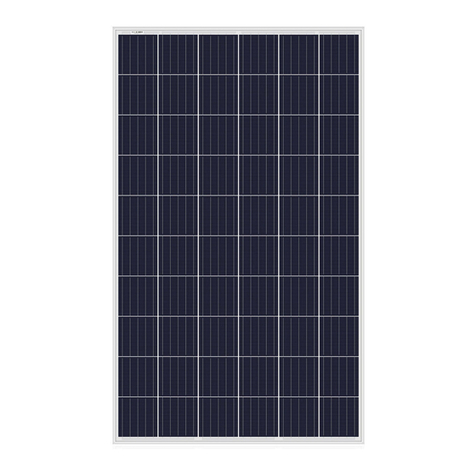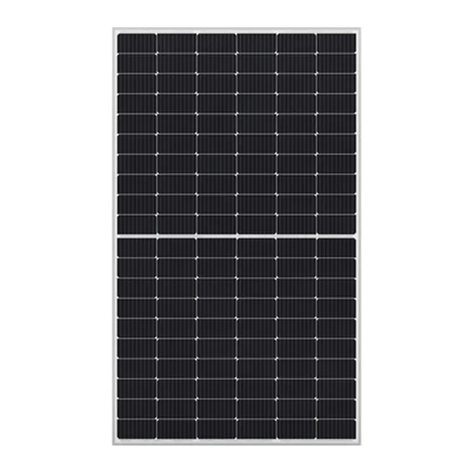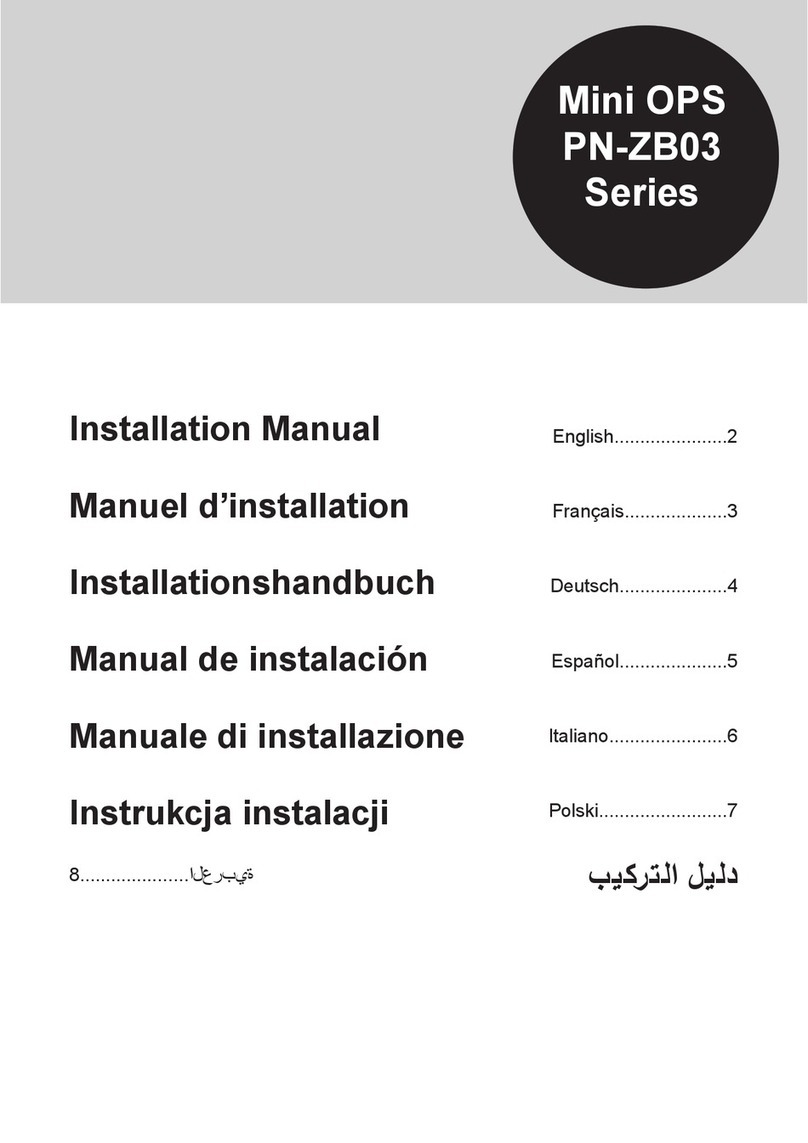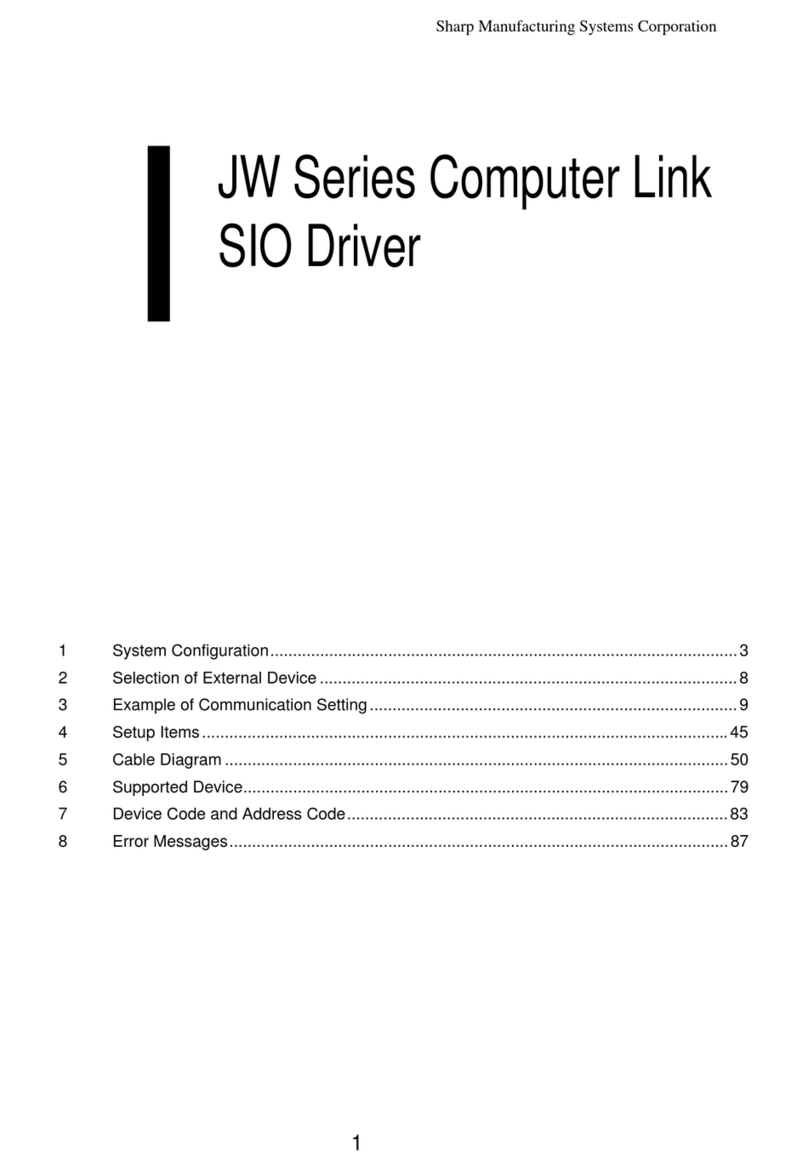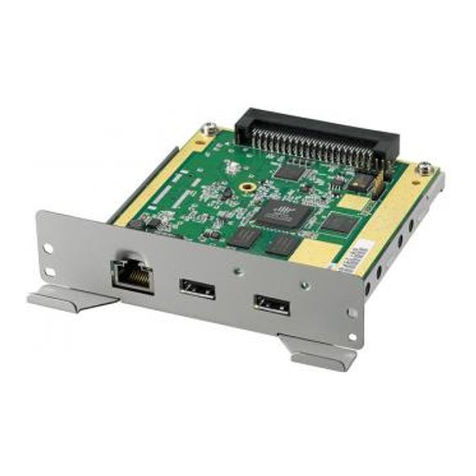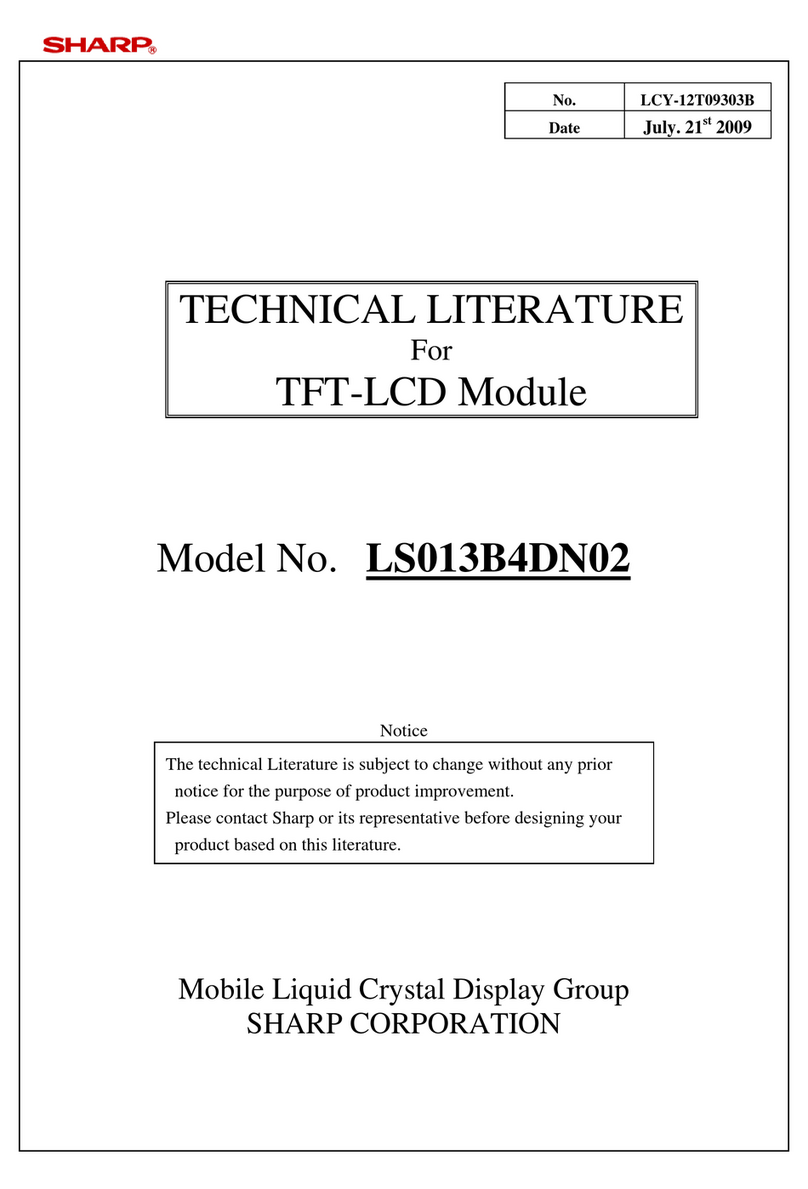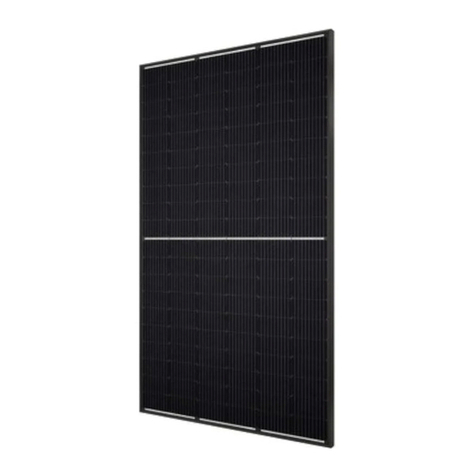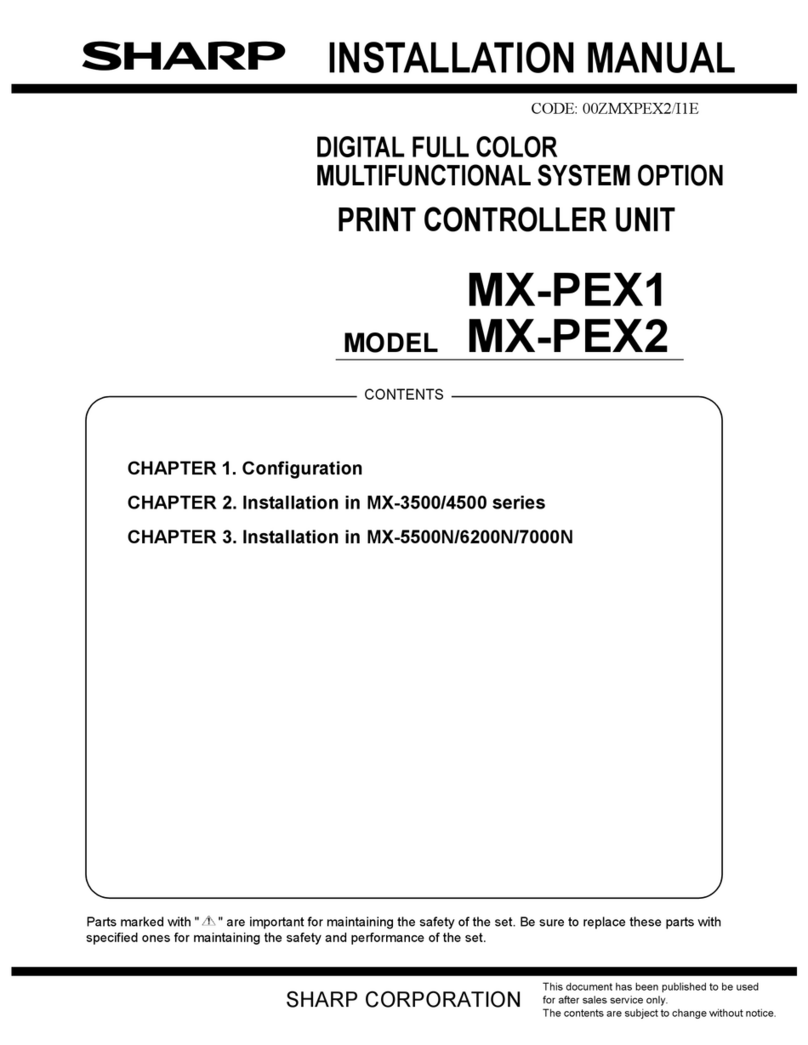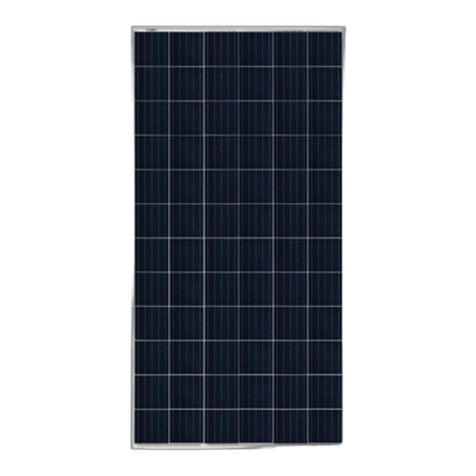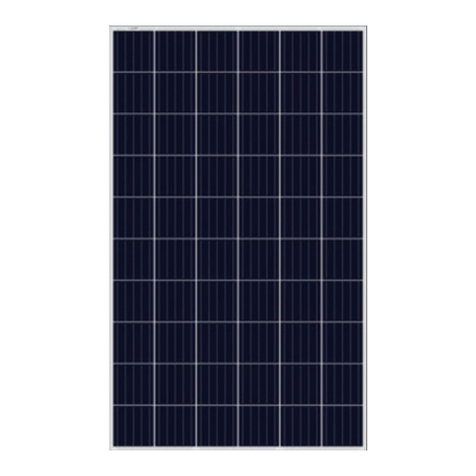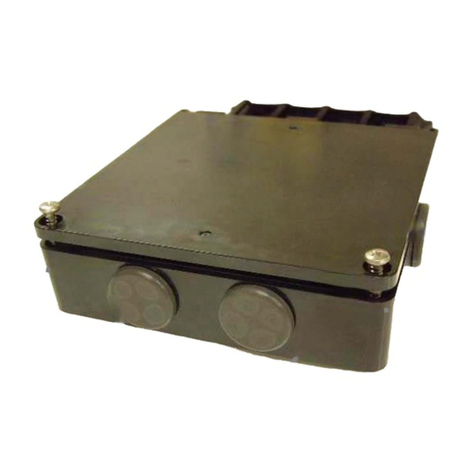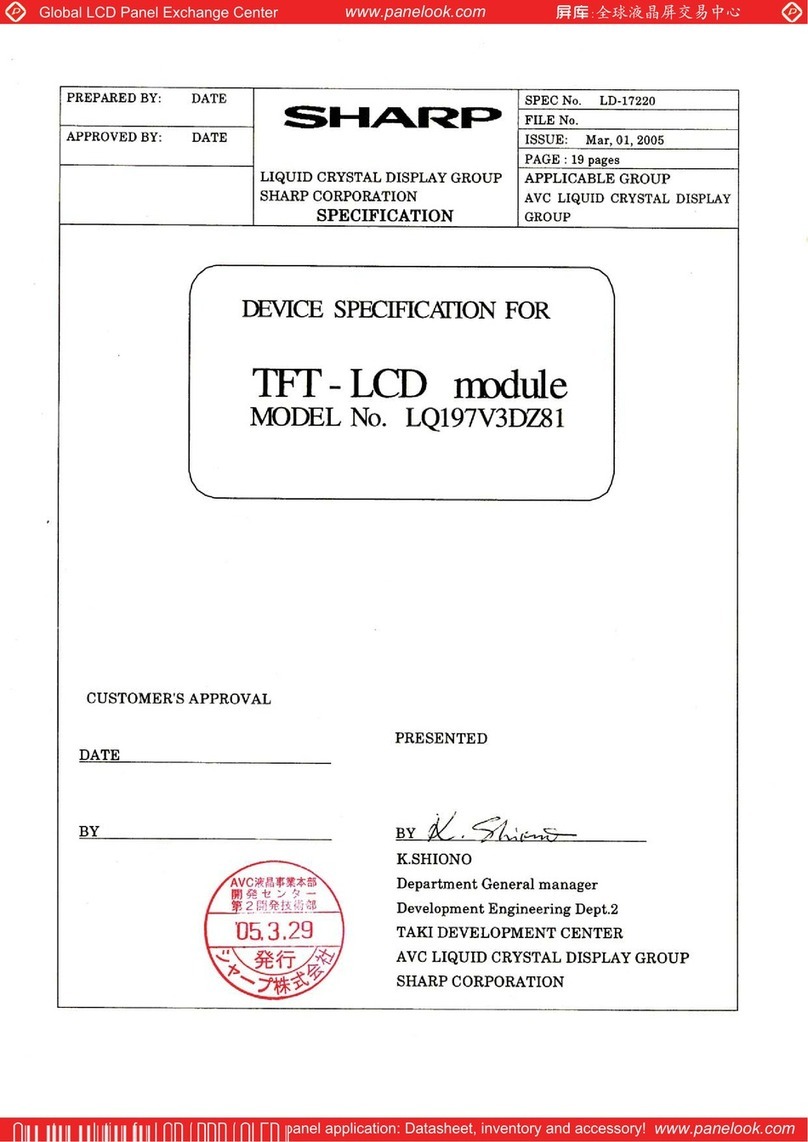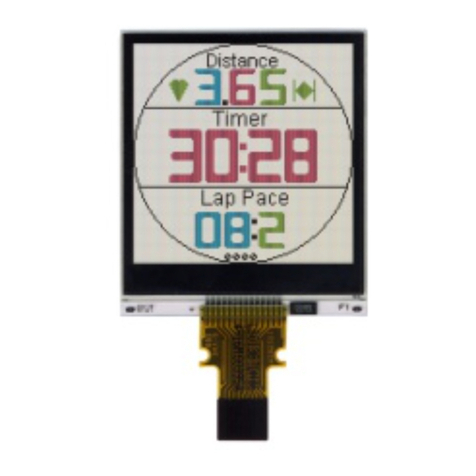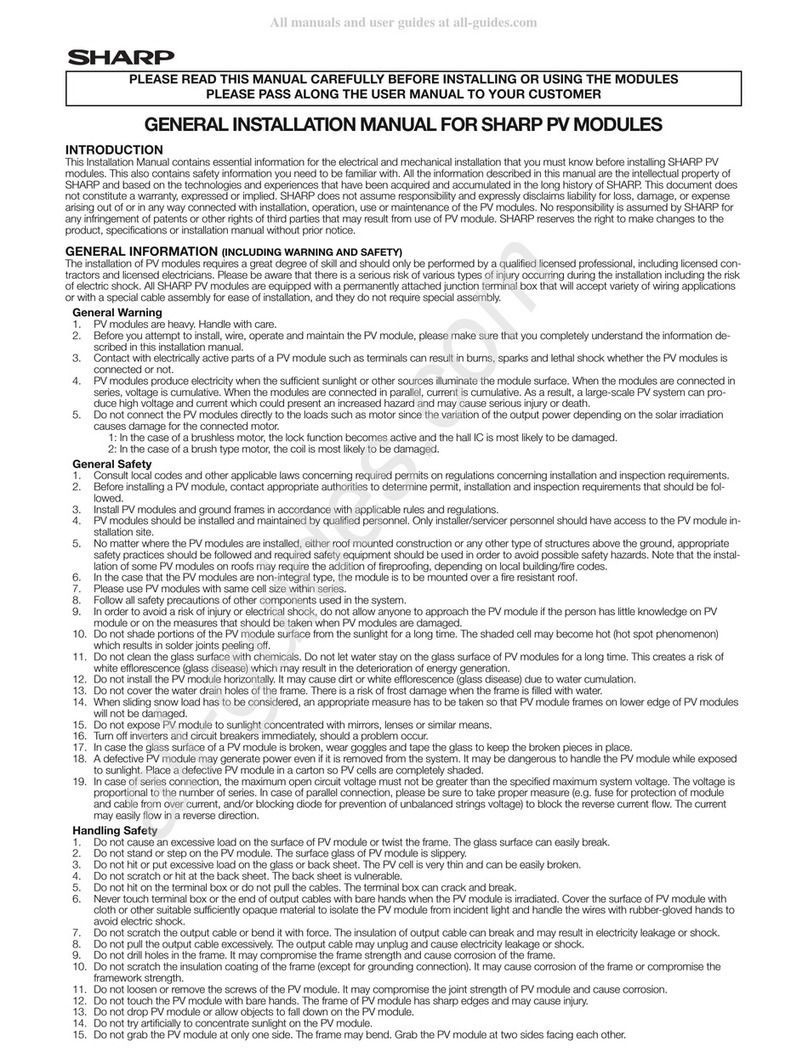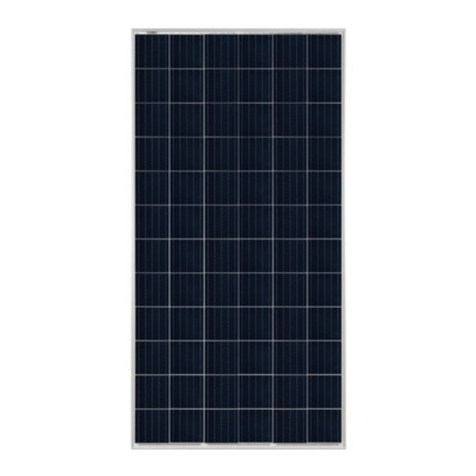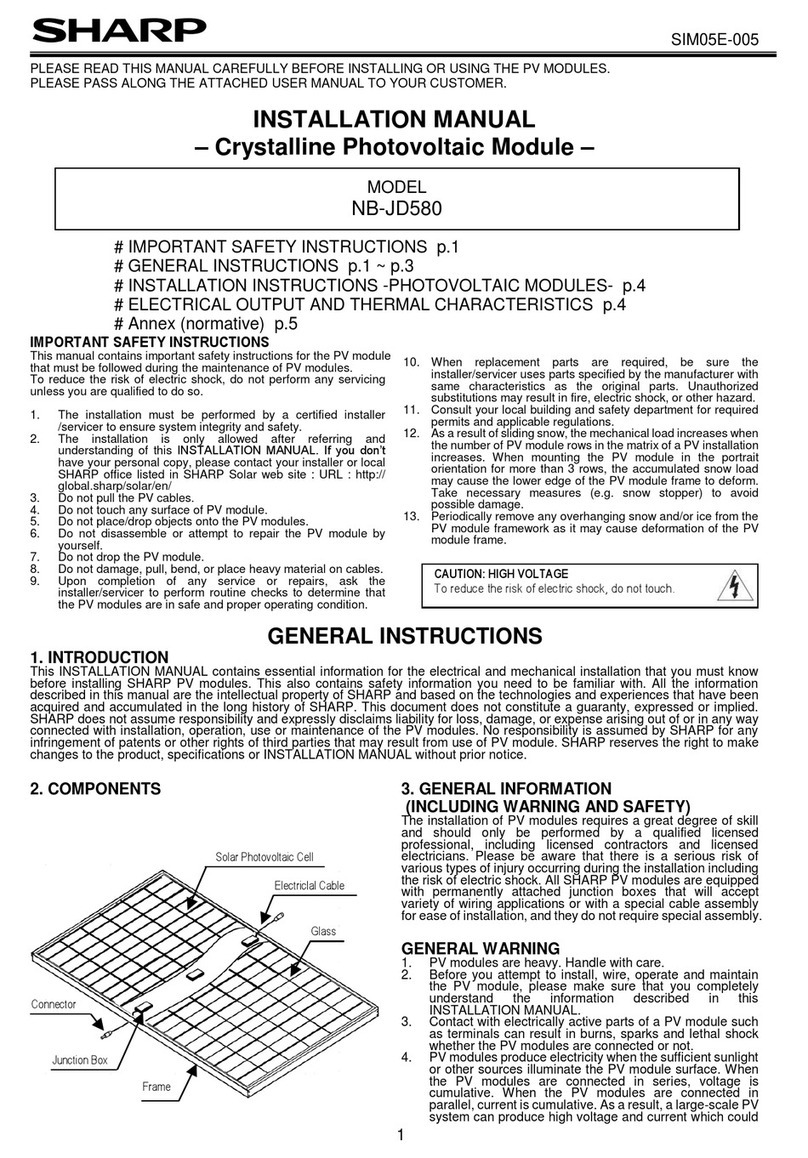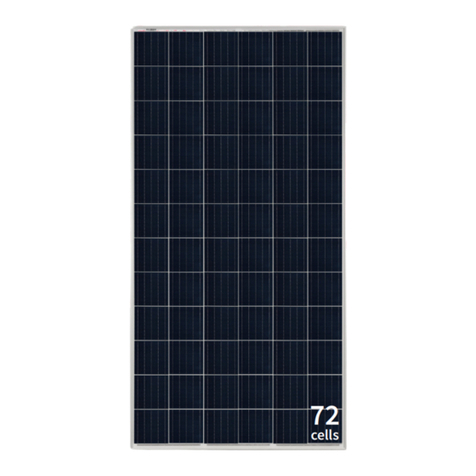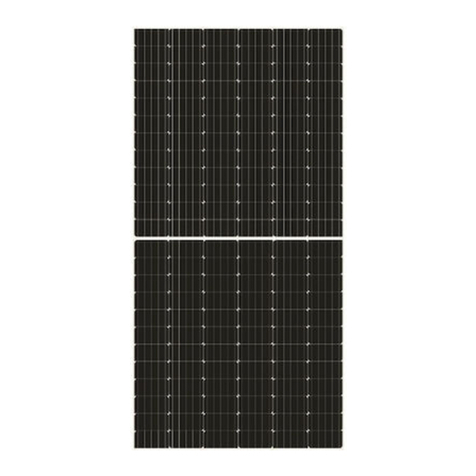
SIM02E-011
system ca produce high voltage a d curre t which could
prese t a i creased hazard a d may cause serious i jury
or death.
5. Do ot co ect the PV modules directly to the loads such
as motor si ce the variatio of the output power depe di g
o the solar irradiatio causes damage for the co ected
motor.
1: I the case of a brushless motor, the lock fu ctio
becomes active a d the hall IC is most likely to be
damaged.
2: I the case of a brush type motor, the coil is most likely
to be damaged.
6. I case of s ow build-up, s ow would slide easier o the
smooth surface of the PV module tha other parts of the
roof. S ow may sudde ly slide, fall off the roof a d hit
earby objects/areas. Take preve tive measures (e.g.
s ow stopper) whe there is possible risk such case would
cause a i jury or a damage.
GENERAL SAFETY
1. Co sult local codes a d other applicable laws co cer i g
required permits o regulatio s for i stallatio a d
i spectio requireme ts.
2. Before i stalli g a PV module, co tact appropriate
authorities to determi e permit, i stallatio a d i spectio
requireme ts that should be followed.
3. I stall PV modules a d grou d frames i accorda ce with
applicable rules a d regulatio s.
4. PV modules should be i stalled a d mai tai ed by
qualified perso el. O ly i staller/servicer perso el
should have access to the PV module i stallatio site.
5. No matter where the PV modules are i stalled, either roof
mou ted co structio or a y other type of structures above
the grou d, appropriate safety practices should be
followed a d required safety equipme t should be used i
order to avoid possible safety hazards. Note that the
i stallatio of some PV modules o roofs may require the
additio of fireproofi g, depe di g o local buildi g/fire
codes.
6. I the case that the PV modules are o -i tegral type, the
PV module is to be mou ted over a fire resista t roof.
7. Use PV modules with the same cell size withi series.
8. Follow all safety precautio s of other compo e ts that are
used i the system.
9. I order to avoid a risk of i jury or electrical shock, do ot
allow a yo e to approach the PV module if the perso has
little k owledge o PV module or o the measures that
should be take whe PV modules are damaged.
10. Do ot shade portio s of the PV module surface from the
su light for a lo g time. The shaded cell may become hot
(hot spot phe ome o ) which results i solder joi ts
peeli g off. Shadi g causes drop i ge erated power
a d/or operatio failure of the PV modules.
11. Do ot clea the glass surface with chemicals. Do ot let
water collect o the glass surface for a lo g time. This
creates a risk of white effloresce ce (glass disease) which
may result i the deterioratio of e ergy ge eratio .
12. Do ot i stall the PV module horizo tally. It may cause dirt
or white effloresce ce (glass disease) due to water.
13. Do ot cover the water drai gap of the frame. There is a
risk of frost damage whe the frame is filled with water
cumulatio .
14. If there is a risk of slidi g s ow, a appropriate measure
has to be take so that PV module frames o lower edge
of PV modules will ot be damaged.
15. Do ot expose PV module to su light co ce trated with
mirrors, le ses or similar mea s.
16. Tur off i verters a d circuit breakers immediately, should
a problem occur.
17. I case the glass surface of a PV module is broke , wear
goggles a d tape the glass to keep the broke pieces i
place.
18. A defective PV module may ge erate power eve if it is
removed from the system. It may be da gerous to ha dle
the PV module while exposed to su light. Place a defective
PV module i a carto so PV cells are completely shaded.
19. I case of series co ectio , the maximum ope circuit
voltage must ot be greater tha the specified maximum
system voltage. The voltage is proportio al to the umber
of modules i series. I case of parallel co ectio , please
be sure to take proper measure (e.g. fuse for protectio of
PV module a d cable from over curre t, a d/or blocki g
diode for preve tio of u bala ced stri gs voltage) to block
the reverse curre t flow. The curre t may easily flow i a
reverse directio .
20. Keep PV modules away from childre .
HANDLING SAFETY
1. Do ot cause a excessive load o the surface of PV
module or twist the frame. The glass surface or cells i the
PV module ca easily break.
2. Do ot sta d or step o the PV module. The surface glass
of PV module is slippery. Besides, the weight may cause
PV module damage.
3. Do ot hit or put excessive load o the glass or back sheet.
The PV cell is very thi a d ca be easily broke .
4. Do ot scratch or hit at the back sheet. The back sheet is
vul erable.
5. Do ot damage the ju ctio boxes or do ot pull the cables.
The ju ctio boxes ca crack a d break.
6. Never touch ju ctio box or the e d of output cables with
bare ha ds whe the PV module is irradiated. Cover the
surface of PV module with cloth or other suitable
sufficie tly opaque material to isolate the PV module from
i cide t light a d wear rubber gloves whe ha dli g the
wires to avoid electric shock.
7. Do ot scratch the output cable or be d it with force. The
i sulatio of output cable ca break a d may result i
electricity leakage or shock.
8. Do ot pull the output cable excessively. The output cable
may u plug a d cause electricity leakage or shock.
9. Do ot drill holes i the frame. It may compromise the
frame stre gth a d cause corrosio .
10. Do ot scratch the i sulatio coati g of the frame (except
for grou di g co ectio ). It may cause corrosio of the
frame or compromise the framework stre gth.
11. Do ot touch the PV module with bare ha ds. The frame
of PV module has sharp edges a d may cause i jury.
12. Do ot drop PV module or allow objects to fall dow o the
PV module.
13. Do ot co ce trate su light artificially o the PV module.
14. Do ot hold the PV module o o e side. The frame may
be d or twist. Hold the PV module at opposite sides.
INSTALLATION SAFETY
1. Always wear protective head gear, i sulati g gloves a d
safety shoes (with rubber soles). Do ot wear metallic
jewelry to preve t electric shock duri g i stallatio .
2. Keep the PV module packed i the carto u til i stallatio .
3. Do ot touch the PV module u ecessarily duri g
i stallatio . The glass surface a d the frames get hot.
There is a risk of bur , or electric shock.
4. Do ot work u der rai , s ow or wi dy co ditio s.
5. Use dry i sulated tools.
6. Do ot drop tools or hard objects o PV modules
7. Whe worki g at heights, wear a safety belt a d take care
ot to drop a y items (e.g., PV module or tools).
8. Make sure flammable gases are ot ge erated ear the
i stallatio site.
9. Completely cover the PV module surface with a opaque
material duri g PV module i stallatio a d wiri g.
10. Plug i the co ector tight a d e sure the wiri g work.
Make sure that the co ectors have bee locked by a
s ap-i latch. A y treatme ts over the co ectors which
may allow to u lock the s ap-i latch shall ot be do e.
11. Due to the risk of electrical shock, do ot perform a y work
if the termi als of PV module are wet.
12. Do ot touch the ju ctio box a d the e d of output cables,
the cable e ds (co ectors) , with bare ha ds duri g
i stallatio or u der su light, regardless of whether the PV
module is co ected to or disco ected from the system.
13. Do ot u plug the co ector if the system circuit is
co ected to a load.
14. Do ot stomp o the glass at work. There is a risk of i jury
or electric shock if glass is broke .
15. Do ot work alo e (always work as a team of 2 or more
people).
16. Do ot damage the back sheet of PV modules whe setti g
the mou ti g a d/or equipote tial bo di g by bolts.
17. Do ot damage the surrou di g PV modules or mou ti g
structure whe replaci g a PV module.
18. Bi d cables by the i sulatio locks. Droopi g dow of
cables from the ju ctio box could possibly cause various
problems such as a imal biti g, electricity leakage i
puddle.
19. Take proper measures for preve ti g the lami ate
(co sisted of resi , cells, glass, back sheet, etc.) from
droppi g out of the frame i case the glass is broke .
20. Plastic compo e ts such as cables or co ectors shall be
located so that they will ot be exposed to direct su light
after i stallatio to preve t degradatio of them.
21. If batteries are used with PV modules, follow safety
precautio s of the battery ma ufacturer.
22. I case of extreme s ow build-up, the weight of the s ow
may cause the PV module’s frame to deform. Take
appropriate preve tive measures to mi imize a y possible
resulti g damage.

